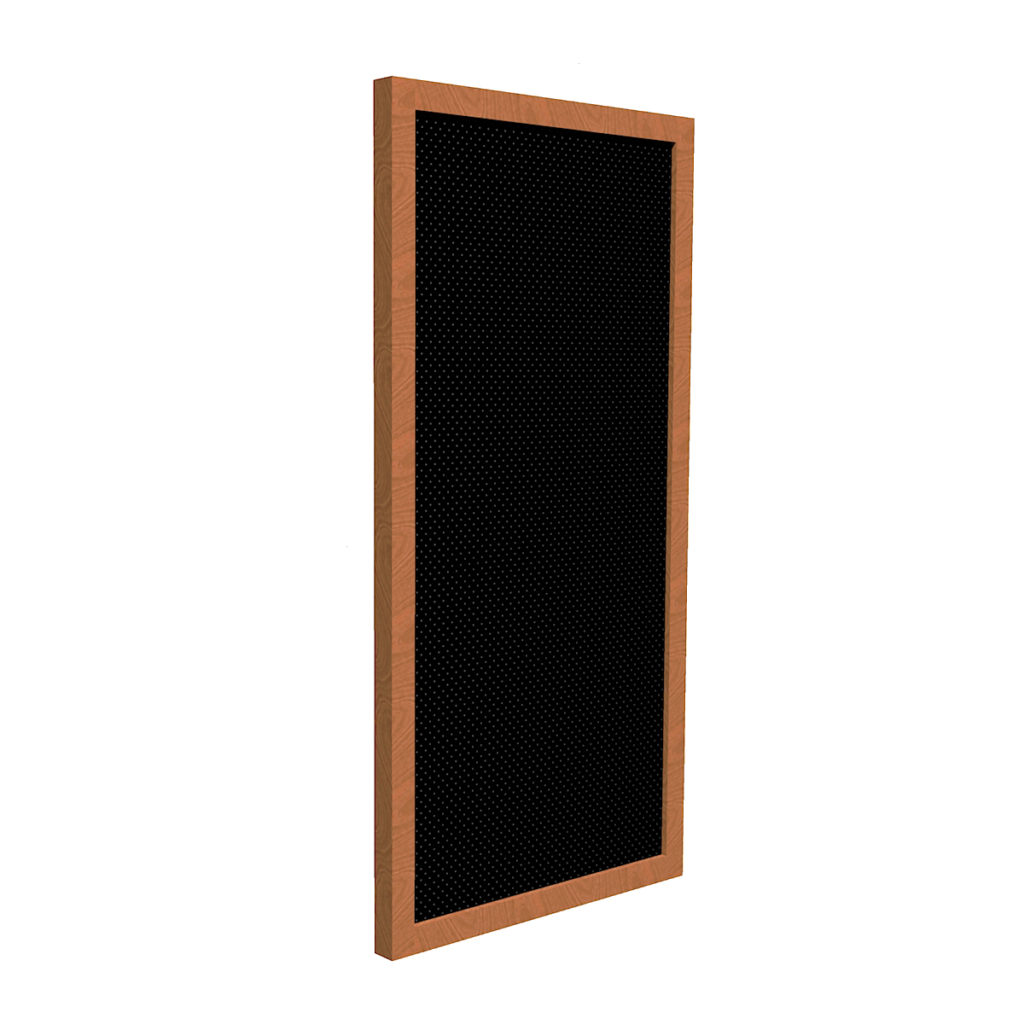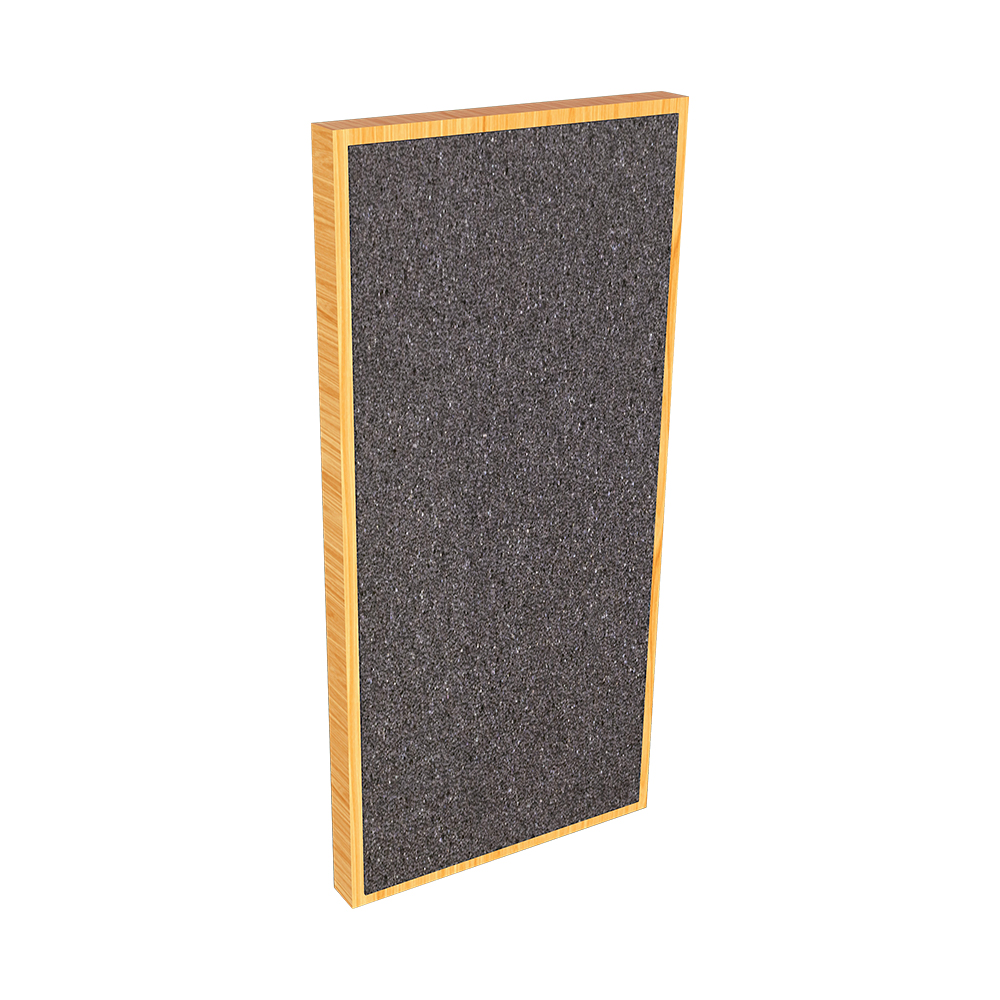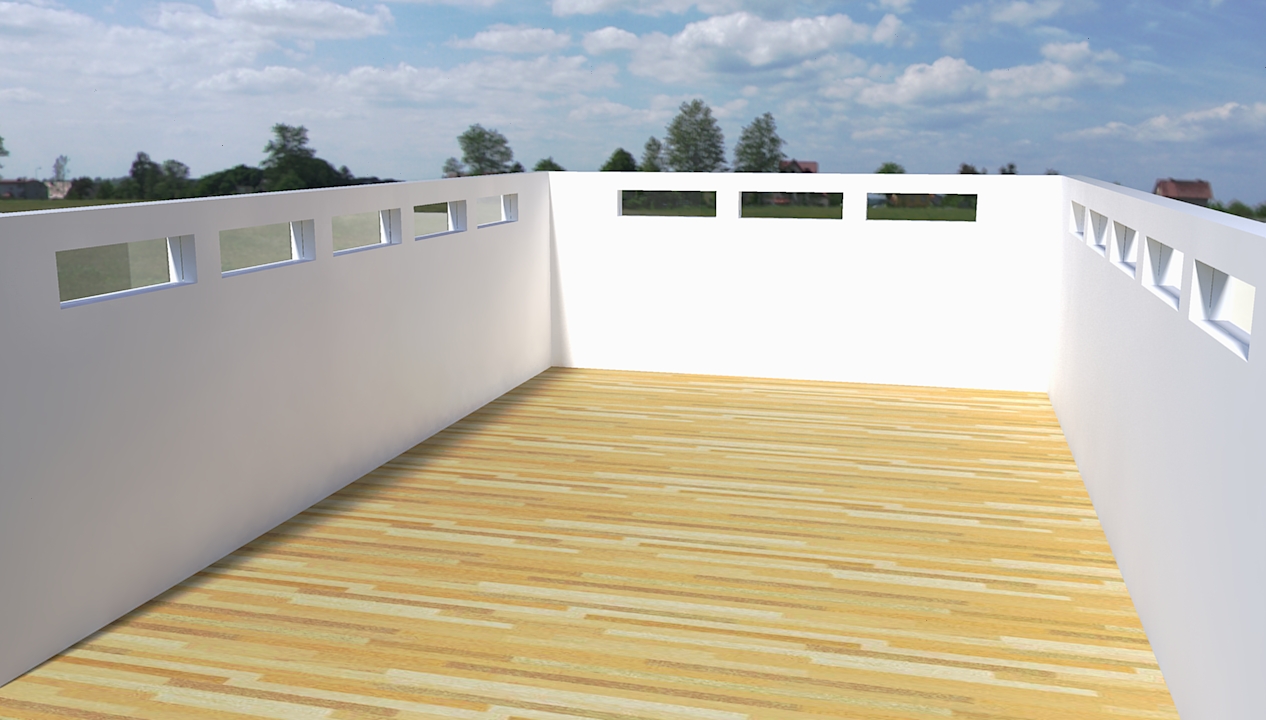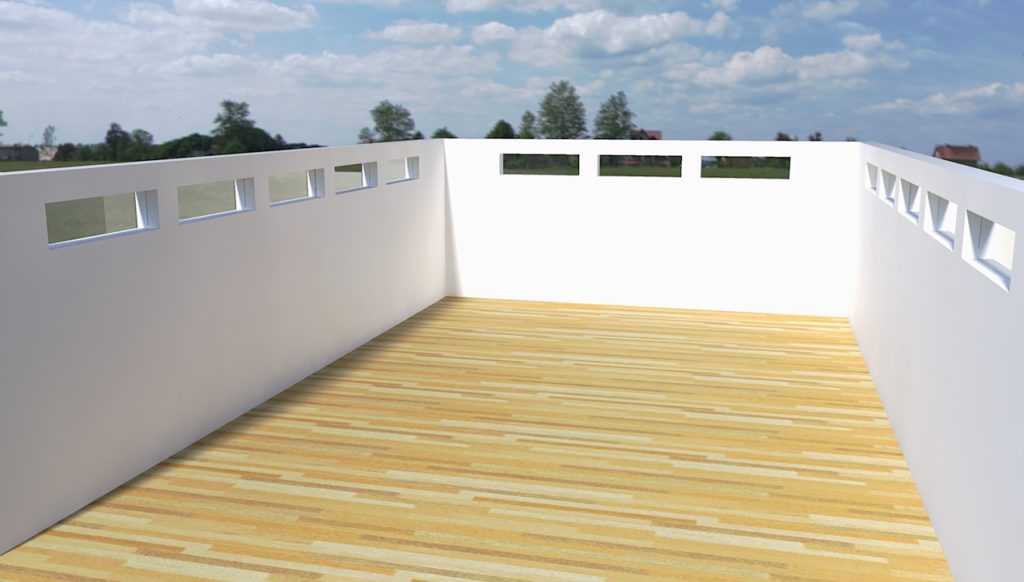
How to treat windows using acoustic treatments can take many forms. We must first define the terms we are going to use to figure out the answer to this question. First, we must start by saying that there is no worse surface material type to have in a room than glass. Sound takes on the characteristics of the surface area that it strikes. Glass produces a harsh brittle sound quality similar to nails running across a blackboard. Windows also can go diaphragmatic which means that they start to move or vibrate when sound pressure is exerted upon them. This is the last thing we need in a critical listening environment. In our audio rooms resolution is the hallmark quest for our audio presentation. We want to hear everything that our electronics are capable of capturing in terms of resolution, dynamics, and overall presentation value. Window surfaces and the reflections from them will distort our middle range frequencies where our vocals are. We must make sure that the middle range frequencies in any critical listening room are as resolute and balanced as possible. Now that we have defined the glass surfaces in our room, let’s look at how to treat windows using acoustic treatment.
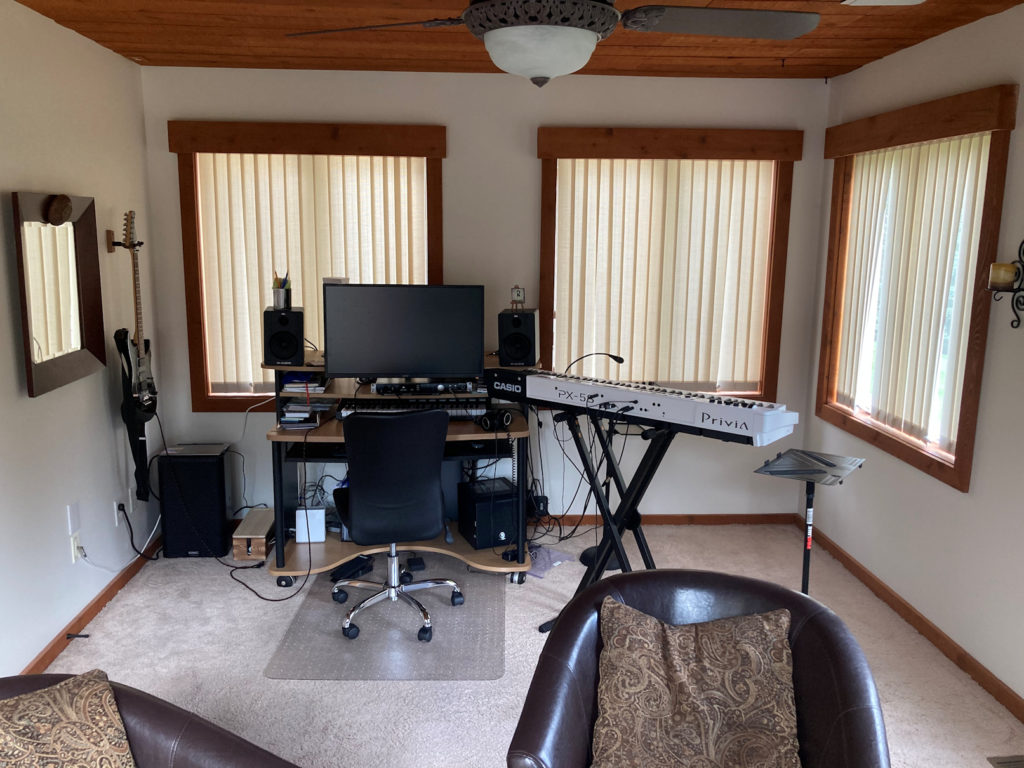
Why window positioning matters
When we examine how to treat windows using acoustic treatment, we must first examine the position the window is in within our room. We have three critical sound fields within our rooms. We have floor to ceiling, sidewalls to sidewalls, and front to rear walls. The best place for windows is out of the way of those three sound fields. In the graphic above, you can see how we orient windows in our new builds. We understand the need for windows and natural light entering the room. However, we also understand how detrimental they can be when they are located in critical room positions that will interfere with our critical listening experience. Unfortunately, windows are a fact of life in existing rooms, so we must come up with an effective plan to use in how to treat windows using acoustic treatments. If we have a two channel system with two speakers and a listening chair we do not want any windows on the front or sidewalls. If we have them we have two choices of how to treat windows using acoustic treatments. We can treat for low-frequency management or we can treat for middle and high frequency issues. We can also use a combination or both low, middle, and high frequency management technologies.
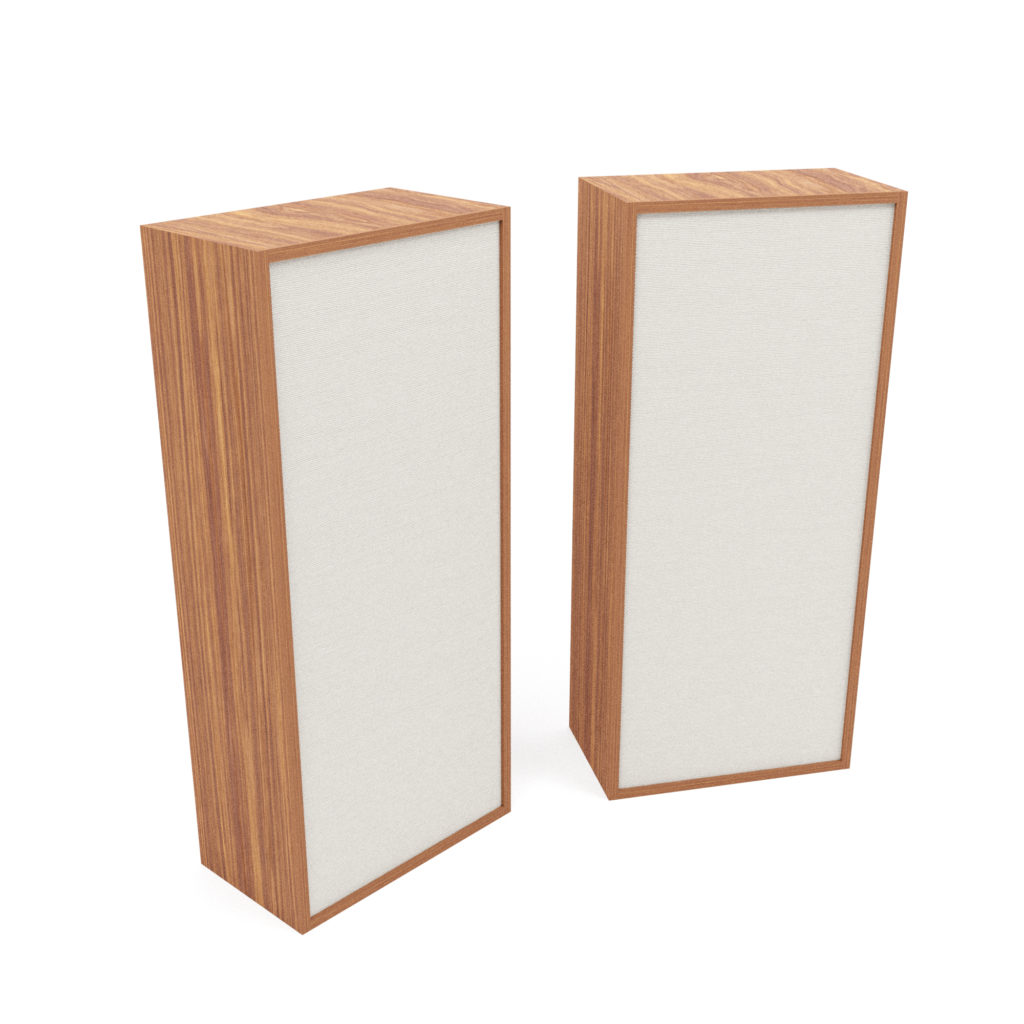
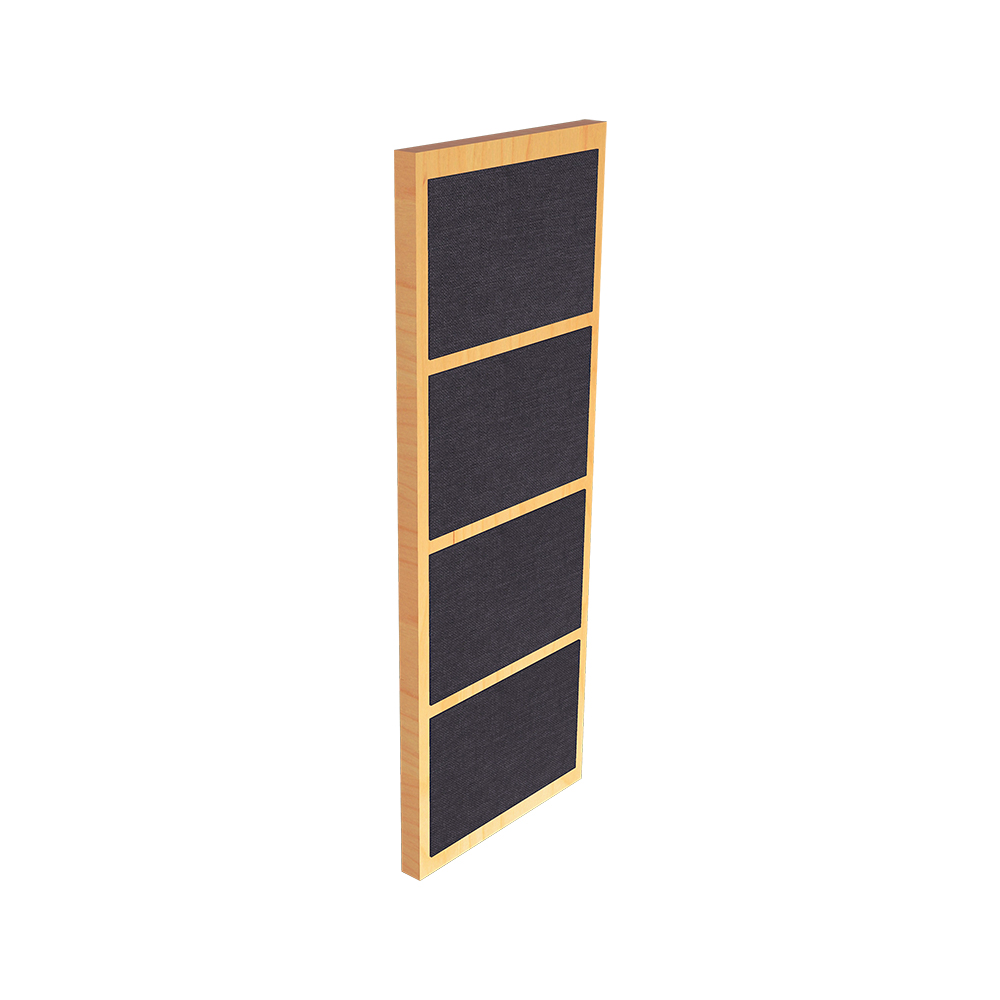
Diaphragmatic bass absorbers
Our ACDA series of broadband full range absorbers are 60″ high and are on casters, https://www.acousticfields.com/product/acda-10-studio/. They can be rolled into place in front of any window surface area. They can also be removed if one desires to look out the window. At 60″ high, they cover enough of any glass surface area to minimize both the pressure impact on the glass and the reflections from the glass surface areas and can address both lower frequency modal issues along with middle and high frequency absorption. https://en.wikipedia.org/wiki/Room_modes If we do not need broadband absorption in the area where the window is located, we can then use a middle and high frequency absorption technology to cover the glass surface and minimize the impact of reflections. This can take the form of a sliding window panel or a panel that will fit inside the window. https://www.acousticfields.com/product/sound-absorbing-panels-for-windows/. We must first decide what acoustical impact the window is having upon our overall room acoustic strategy and then assign the correct technology in how to treat windows using acoustic treatment.
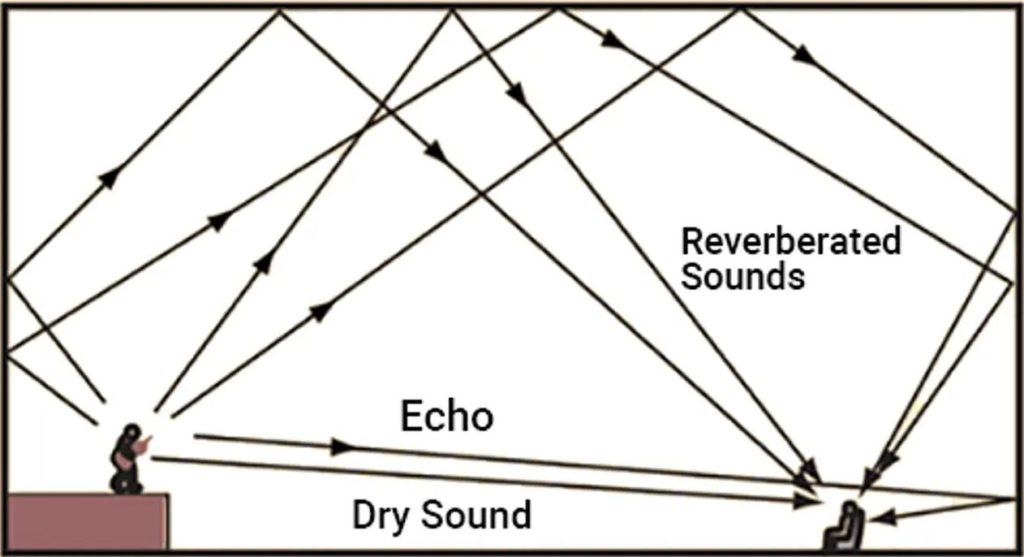
Use acoustic foam to reduce reverberation
One of the most economical ways to treat the reflections from any glass surfaces is to use open celled acoustic foam technology. Our proprietary Studio Pro Foam took 8 years to develop at a cost of over 2 M. It is designed to absorb at the proper rates and levels of absorption that works well for music and voice. Music and voice are different from noise. Most foam products in the marketplace focus on noise which means that they absorb as much energy as they can per square foot of space. We have all been in rooms where the room has no life left in it. The foam used is absorbing and treating music and voice like noise. It is over absorbing too much energy in the middle frequency range and this will drain the life out of our voice and music by lowering the reverberation times within the room to noise levels instead of levels that are conducive for music and voice. Reverberation is defined as the amount of time sound stays around within the room after it is spoken or sung. We want a balance between reflected sound from the room and the direct sound from the source such as speakers. https://www.merriam-webster.com/dictionary/reverberation
Beautiful foam panels with fabric by Guilford of Maine
Our proprietary Studio Pro Foam comes in many forms. For the economically minded, we have our raw foam technology which is simply our foam fresh out of the factory. There is no fabric across it or is it in a pretty box. https://www.acousticfields.com/product/acoustic-foam/. It is foam that you can easily attach to a wall with double sided tape. For those that want a more finished look, we have our Foam Frame Panel. This product is our raw foam surrounded by a wood frame. You can hang our Foam Frame Panel on the wall just like a picture. Finally, for those who wish to cover the foam with a fabric finish and a wood or painted box, we have our top of the line Acoustic Panel. https://www.acousticfields.com/product/foam-frame-panel/ This is a box with our foam technology inside. You can choose your fabric color and texture along with the wood type or paint color.https://www.guilfordofmaine.com/acoustic All of these foam options regardless of their respective packaging can be hung on the wall just like a picture frame.
